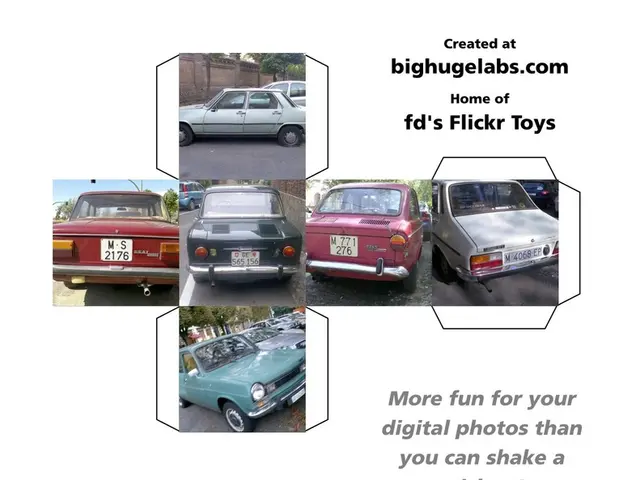The Technology Behind Hybrid Electric Cars Explained
Hybrid Electric Vehicles (HEVs) are revolutionizing modern transportation, blending the traditional Internal Combustion Engine (ICE) with advanced electric technology. This innovative approach is a significant step towards sustainable mobility.
At the core of every HEV lies a dual powertrain system, consisting of an ICE and an Electric Motor. The ICE, powered by gasoline or diesel, takes charge during high-speed driving or when extra torque is needed. On the other hand, the Electric Motor, fueled by energy stored in a lithium-ion or nickel-metal hydride (NiMH) battery, powers the vehicle at low speeds or during stop-and-go traffic, offering silent, zero-emission driving.
The power distribution between the engine and motor is managed by a power split device, often a planetary gear system. This device ensures that power is delivered efficiently to the wheels, optimizing performance and providing a smooth driving experience.
Advanced electronic control units (ECUs) play a crucial role in HEVs, managing energy flow and ensuring the vehicle operates at its best. These units also help in optimizing performance and maintaining a smooth driving experience.
HEVs are equipped with regenerative braking technology, which converts kinetic energy into electrical energy during braking. This energy is stored in the battery, extending the vehicle's electric range. This feature is particularly beneficial in urban environments where stop-and-go traffic is common.
Some HEVs are Plug-In Hybrid Electric Vehicles (PHEVs), which can be charged from an external power source, allowing them to run longer distances on electric power before switching to gasoline.
Manufacturers are continually improving the efficiency of HEVs by using lightweight alloys, composite materials, and aerodynamic designs. These innovations help reduce the vehicles' carbon footprint and improve fuel efficiency.
Many HEVs use Continuously Variable Transmissions (CVTs) to adjust gear ratios seamlessly, ensuring optimal performance and fuel efficiency.
The future of HEVs looks promising as advancements in battery chemistry, artificial intelligence for energy management, and smart charging infrastructure continue to drive their evolution. Toyota, BMW, Mercedes, Volkswagen, Hyundai, and Kia are some of the major manufacturers investing in the development of hybrid technology. Toyota, in particular, has been a pioneer in this field, having introduced the Prius in 1997 and continuing to emphasize full hybrids, especially in Europe where 80% of their sales are full hybrids.
As innovation continues, HEVs will undoubtedly play a pivotal role in the transition to a greener automotive future. With their versatility and efficiency, HEVs are set to make a significant impact on the way we travel, bridging the gap between traditional vehicles and fully electric cars.
Read also:
- BMW asserted that the upcoming iX3 electric model could generate similar profits as its gasoline counterpart, the X3.
- Exciting Activities and Productive Tasks You Can Perform on Any Personal Computer
- High-Performance McLaren Automobile: McLaren Speedtail
- BYD introduces the Seagull compact hatchback model in El Salvador








